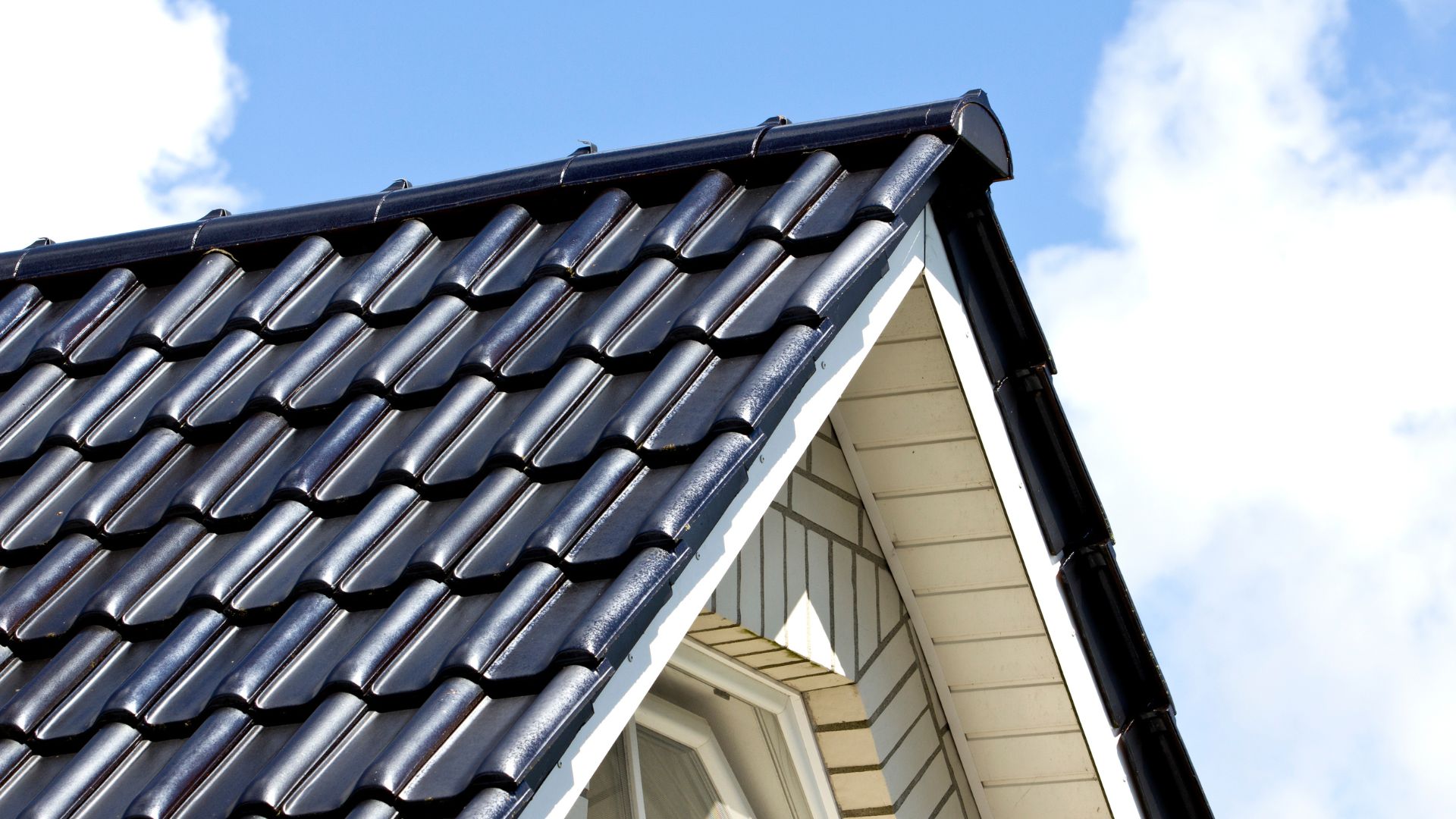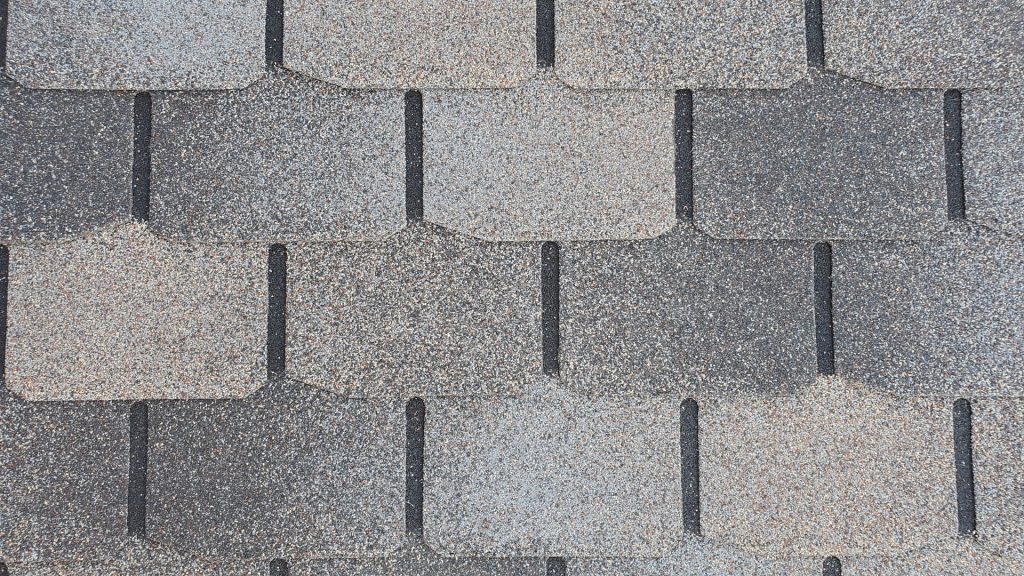Selecting the right roofing materials is crucial not only for enhancing the curb appeal of your home but also for ensuring its longevity under the harsh elements. A roof is more than just a protective barrier; it is a significant architectural feature that defines the overall aesthetic of your house. With various materials available in the market, each offering different benefits and challenges, making an informed choice can feel overwhelming. In this guide, we’ll explore how to balance aesthetics with durability, taking into account factors like climate, house style, and budget to help you make the best decision for your home.
The choice of roofing material can dramatically impact both the upfront cost and long-term maintenance of your home. It’s important to consider how each option fits into your overall home maintenance strategy and aesthetic vision. From traditional materials like asphalt shingles to more durable options like slate or metal, understanding the pros and cons of each will guide you in selecting a roof that is both beautiful and built to last.
Understanding Roofing Materials

There are several popular roofing materials to consider, each with its own set of advantages and disadvantages. Asphalt shingles are widely favored for their cost-effectiveness and ease of installation, making them a great choice for many homeowners. Metal roofs, on the other hand, offer superior durability and fire resistance but come at a higher cost. Clay tiles provide excellent longevity and a distinct style that is popular in warmer climates, whereas wood shakes offer a rustic look but require more maintenance to prevent decay and fire risks. Lastly, slate roofing is known for its natural beauty and extreme durability, although it is one of the most expensive options available.
Each of these materials also has a distinct aesthetic impact that can complement or clash with your home’s architectural style. Asphalt shingles come in various colors and styles, allowing for versatility, while metal can be finished in a range of hues and textures to either modernize or blend into traditional designs. Clay tiles are often associated with Mediterranean or Spanish-style homes, and wood shakes can enhance the charm of cottage or Craftsman-style homes. Slate, with its elegant and timeless appeal, is often used on historic or luxury homes.
Factors to Consider When Choosing Roofing Materials
When selecting roofing materials, climate compatibility plays a crucial role. Materials like clay tiles are excellent for hot climates as they naturally help keep the home cool, but they might not be suitable for areas with severe winters. Similarly, metal roofing performs well in snowy environments as it sheds snow easily, preventing buildup. Weight and structural considerations are also important; heavier materials like slate may require additional framing support, which can increase renovation costs.
Maintenance is another critical factor. Some materials, such as metal and slate, are virtually maintenance-free, lasting decades without much care. On the other hand, wood shakes need regular treatment to resist moisture and pests, and asphalt shingles may require periodic replacement of damaged or worn shingles. Considering these factors will help you choose a material that suits your lifestyle and the amount of maintenance you’re willing to commit to.
Aesthetic Considerations
The appearance of your roof can dramatically affect the resale value and aesthetic appeal of your home. Matching the roofing material with your home’s architectural style is essential for a coherent look. For instance, modern homes might benefit from the sleek lines of metal roofing, whereas traditional homes might look better with the classic appearance of asphalt shingles or wood shakes.
Furthermore, the color and texture of the roofing material can either highlight or soften architectural features of the home. Darker colors tend to make the house appear smaller and more grounded, while lighter colors can make it appear larger and more vibrant. Textures can add dimension and depth to the appearance of the roof, influencing how it interacts with light and the overall visual impact it has from the street.
Cost Analysis
The initial cost of roofing materials can vary widely, with asphalt shingles generally being the most affordable and slate being the most expensive. However, considering the lifespan and maintenance costs associated with each material is crucial. Metal and slate roofs, while initially more expensive, may offer greater long-term savings due to their durability and minimal maintenance needs.
Additionally, some materials, like metal roofing, can offer added financial benefits through energy savings. Metal roofs reflect solar radiant heat, which can reduce cooling costs significantly during the summer months. Weighing these cost factors against your budget and the expected duration of stay in your home can help you make a cost-effective choice.
Longevity and Durability
Longevity is a key consideration when choosing roofing materials. Slate and metal roofs can last over 50 years with minimal maintenance, making them excellent long-term investments. Clay tiles also have a long lifespan, though they are prone to cracking under heavy impact. Asphalt shingles, while less durable than these options, typically last between 15 to 30 years depending on the quality and weather conditions.
Durability against environmental factors is equally important. In areas prone to high winds, hurricanes, or frequent storms, choosing materials that can withstand extreme conditions is crucial. Metal roofs, for instance, are known for their ability to resist high winds and hail damage.
Energy Efficiency
Energy efficiency is an increasingly important factor in roofing materials. Certain materials, such as metal, have high reflective properties that can significantly reduce heating and cooling costs. Light-colored tiles and specially coated asphalt shingles can also provide energy benefits by reflecting more sunlight and reducing heat absorption.
In addition to cost savings, energy-efficient roofing contributes to a more comfortable living environment and less strain on home heating and cooling systems. This not only reduces your carbon footprint but also improves the indoor comfort throughout the seasons.
Installation and Professional Help
The complexity of installing different roofing materials can vary significantly, making professional installation crucial. A poorly installed roof can lead to numerous problems, including leaks, increased maintenance, and even premature failure of the roofing system. It’s important to hire experienced professionals who are familiar with the specific material you choose.
When selecting a contractor, it’s wise to look for certifications, reviews, and portfolios of previous work. Reliable contractors like Selective Remodeling will ensure that your roof is installed correctly and with the proper materials, providing peace of mind alongside a warranty for workmanship and materials.
Sustainability and Eco-Friendliness
Environmental considerations are becoming crucial in choosing building materials. Many homeowners opt for green roofing options like recycled shingles or materials that offer better insulation. These choices not only reduce the impact on the environment but can also improve the energy efficiency of your home.
Roofing materials like metal are often made from recycled materials and are fully recyclable at the end of their life, making them a sustainable choice. Similarly, using reclaimed clay tiles or cedar shakes can provide environmental benefits while adding unique aesthetic appeal to your home.
Case Studies and Examples
Illustrating the impact of different roofing materials through case studies can help homeowners visualize the potential outcomes of their choices. For instance, a case study of a home in a coastal area might show how a metal roof helped prevent wind damage during a storm, or how a slate roof enhanced the resale value of a luxury home.
These real-life examples provide concrete evidence of the benefits and potential pitfalls of various materials, offering more than just theoretical advice. They also highlight the aesthetic transformations that can be achieved with thoughtful material selection, demonstrating the practical benefits of each option.
Maintenance Tips
Regardless of the material chosen, proper maintenance is key to extending the life of your roof. Regular inspections can help catch issues before they become major problems, and keeping the roof clean from debris and properly ventilated are universal tips that apply to nearly every material.
For specific materials like wood shakes, applying a protective sealant can prevent moisture damage and decay. For metal roofs, ensuring that fasteners and sealants are intact can prevent leaks. Each material will have its own set of care instructions, which should be followed to maintain its condition and aesthetic appeal.
Choosing the right roofing material is a decision that affects both the aesthetic appeal and functional longevity of your home. By considering factors such as durability, cost, energy efficiency, and aesthetic compatibility with your home’s style, you can make an informed choice that meets your needs and enhances your home’s value. Whether you opt for the rustic charm of wood shakes, the timeless elegance of slate, or the modern appeal of metal, the right roofing material can transform the look of your home while providing peace of mind for years to come.
If you’re ready to explore the best roofing options for your home, contact Selective Remodeling. Our team of experts can guide you through the selection process, ensuring that you get a roof that’s not only visually appealing but also robust and energy-efficient. Let us help you make the best investment in your home’s future.


